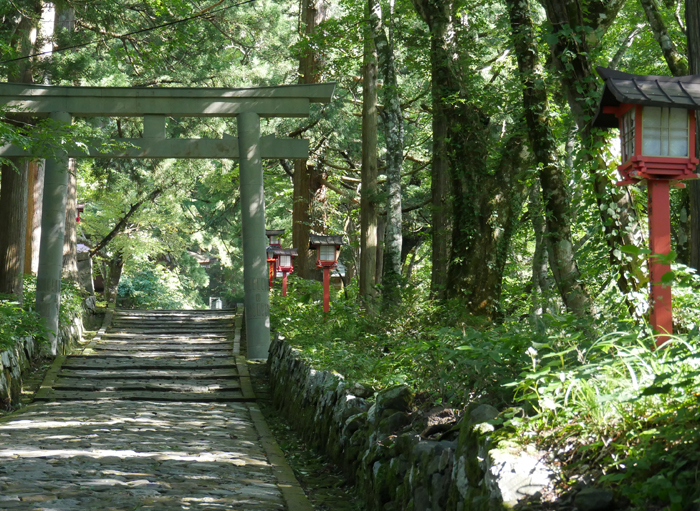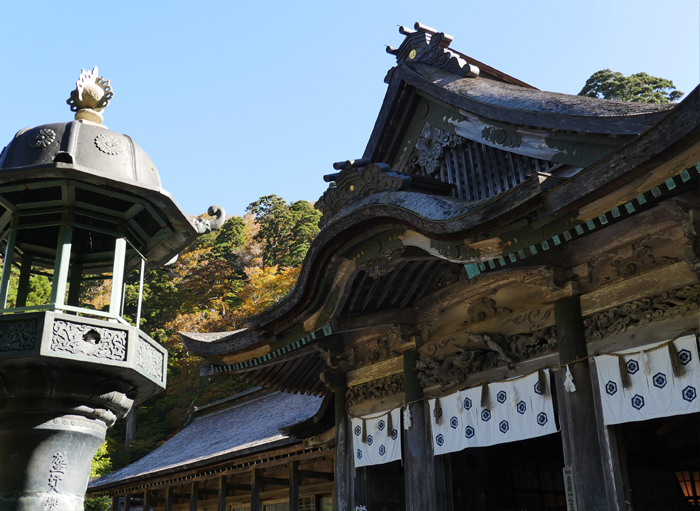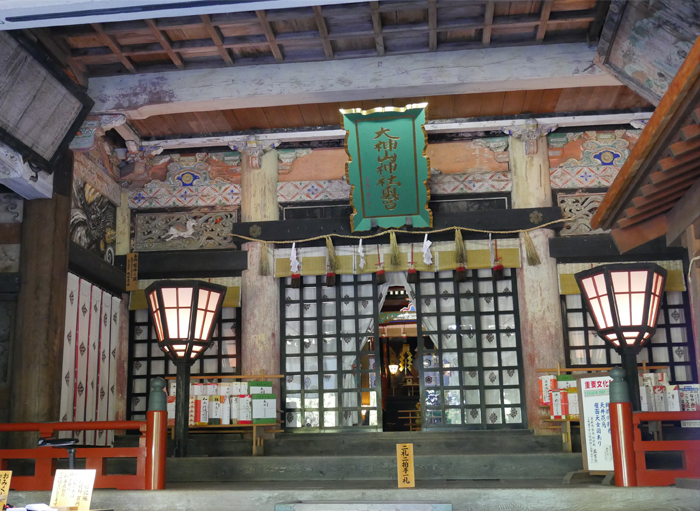RYOKAN VIEW
Learn about our profile & history
SANRAKUSO 山楽荘
Surrounded by a verdant forest and ancient cedars, Sanrakuso Inn is located in the heart of Mt. Daisen. Long ago, the mountain's Daisen Temple ,was frequently visited by monks on ascetic training and Sanrakuso Inn is one of 10 remaining temple inns. With a rich history over 400 years, the inn is kept with ancient tradition in mind. Daisen Temple houses many national treasures and ancient documents, and the main hall can be seen from Sanrakuso Inn.
At dinner, guests can try "shojin-ryori," the traditional vegetarian cuisine orginating from the dietary restrictions of Buddhist monks. Because meat and fish were banned to be eaten, shojin-ryori focused on using vegetables, fruits, grains, beans and seaweed to create beautiful dishes that looked just like meat dishes. The meals are not only healthy, but delicious and pleasing to the eye.
Guests at Sanrakuso Inn are invited to join the Zen Buddhist meditation in the prayer room, giving their trip a unique and valuable experience.



LOCATION VIEW
Around Sanrakuso
DAISEN TEMPLE
Daisen-ji is a Buddhist temple built on the slopes of Mt. Daisen and houses many national treasures and ancient documents. After the 9th century, this temple came under the control of the Tendai Buddhist sect as one of the most important of its centers in this region. The head monk, or zashu, of this temple had been sent from the Enryaku-ji in Kyoto, the headquarters of the Tendai sect. Daisen-ji was greatly affected by the anti-Buddhist movement (1868-c.1874) after the Meiji Restoration in 1868. Daisen-ji was closed in 1875. One of the main buildings became the Ogamiyama Shrine, and the Shinto related assets of Daisen-ji were removed and transferred to the shrine. Daisen-ji was allowed to reopen in 1903. In 1928 the Dainichi-do was destroyed by fire. Numerous cultural treasures were lost in the flames, notably the Daisen-ji engi e-maki - the illustrated scrolls of the history of the temple. The main building standing today was reconstructed in 1951.

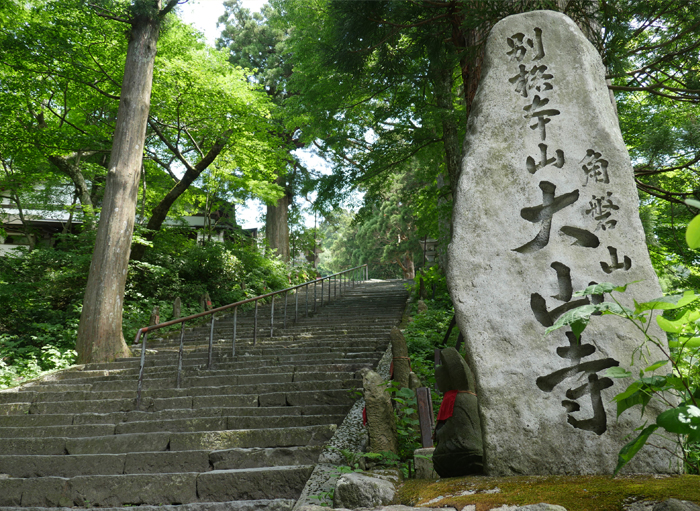
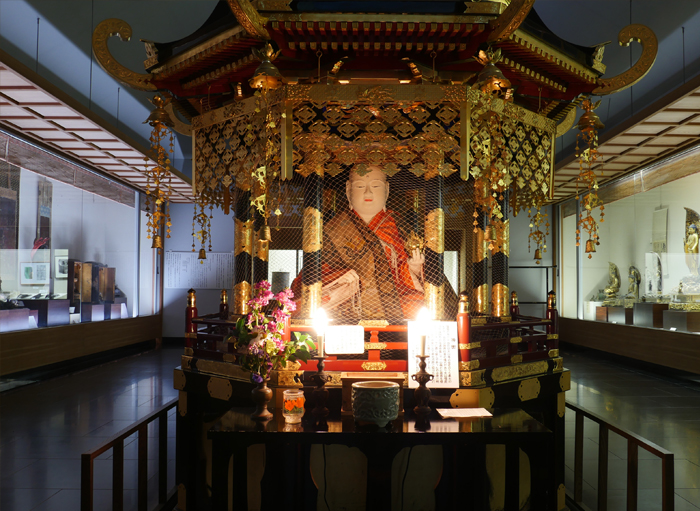
Daisen Temple, Amidado
The Amida-do and other parts of the temple are designated National Treasures of Japan.
If you make a reservations, you can get a lesson in Zen meditation from the temple priest; fees are 500 yen per person. 20-minute “Mini ZaZen” sessions are available at the Amida Hall for 500 yen, also by reservation only.
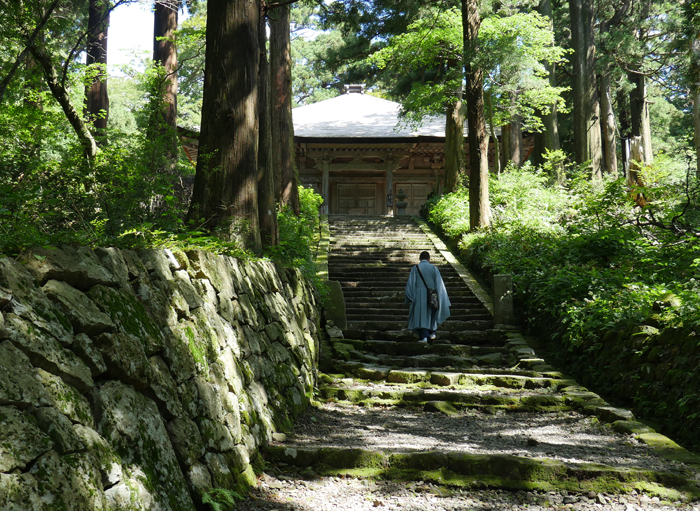

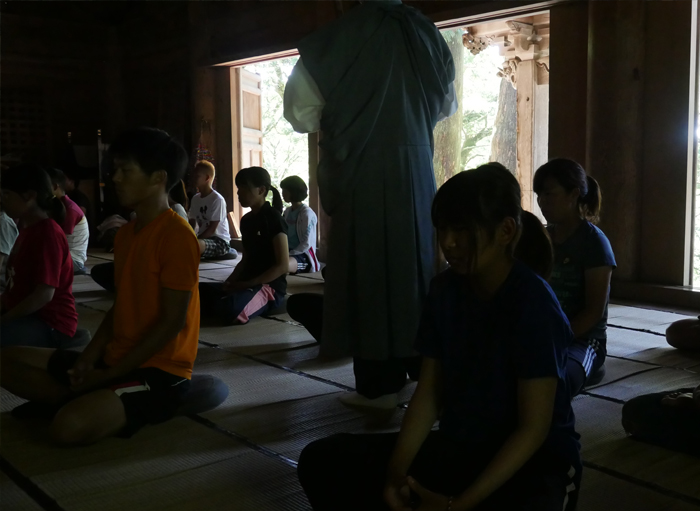
Ogamiyama Shrine, Okunomiya
Ogamiyama Shrine is a Shinto shrine located on Daisen in Tottori Prefecture. It has been designated as the national important cultural asset. Historically, Daisen has been a host to many temples and shrines, as it was considered as a mountain given by god. Daisenji is located in the middle of the mountain, and it served as a training ground for Shugendo (Shugendo refers to those who come to Daisen for training). Higher up the mountain, is a long 700m path paved in stone. The main hall in Okunomiya features the largest gongenzukuri in Japan (gongenzukuri refers to a style of shrine construction, where the main hall and the worship hall are separated by a lowered hallway but connected by a shared roof). It originated from a simple structure to worship god, built at 998m above sea level. This simple structure was build during the Heian era. Since Okunomiya experiences heavy snowfall in the winter, another structure was built at the base of the mountain. This was referred to as the winter palace, and Okunomiya was referred to as the summer palace. The summer palace has been in existence since the Heian era. After the Meiji Restoration, this temple was separated as Daisenji. The summer palace was renamed as Okunomiya of the Ogamiyama Shrine and the principle image of Buddha was also transferred. Currently, Onamuchi god is displayed in the main hall.
